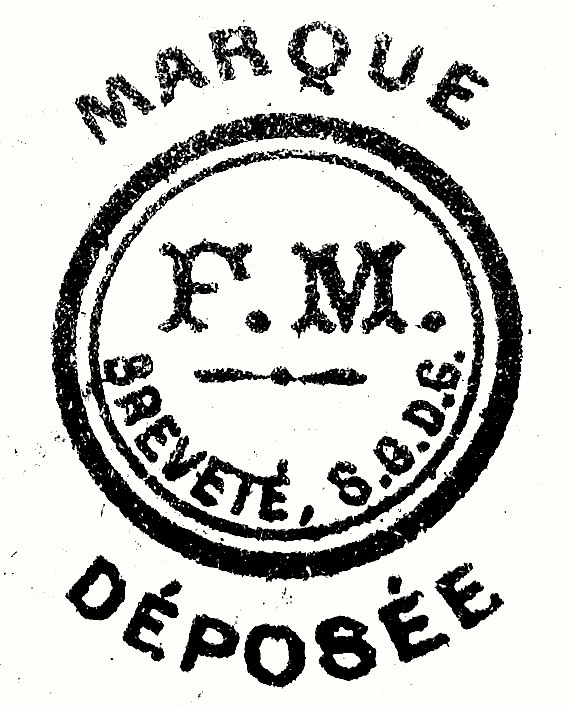The history of Fernand Martin toy manufacturer in Paris.
Part two: The second Period.
In the most relevant books about Martin are the toys that are made by Martin and his successors divided into four periods.
According to the latest state of insight, these periods might be classified as follows
Period 1 from 1878 – 1894
Period 2 from 1895 – 1912
Period 3 from 1912 – 1919
Period 4 from 1919 – 1933
The second period from 1895 – 1912:
Fernand Martin started the second period in 1895 with his: Ma Portiére, Martin number 147.
This toy was executed with his old invention the “Rubber band” drive.
It turned out that the “rubber band” system for this larger toy didn’t work, it was too weak.
Therefore he also performed this Ma Portiére with a clockwork drive, the difference is clearly visible, the first version has a little handle on top of the head, in the second version it has disappeared.
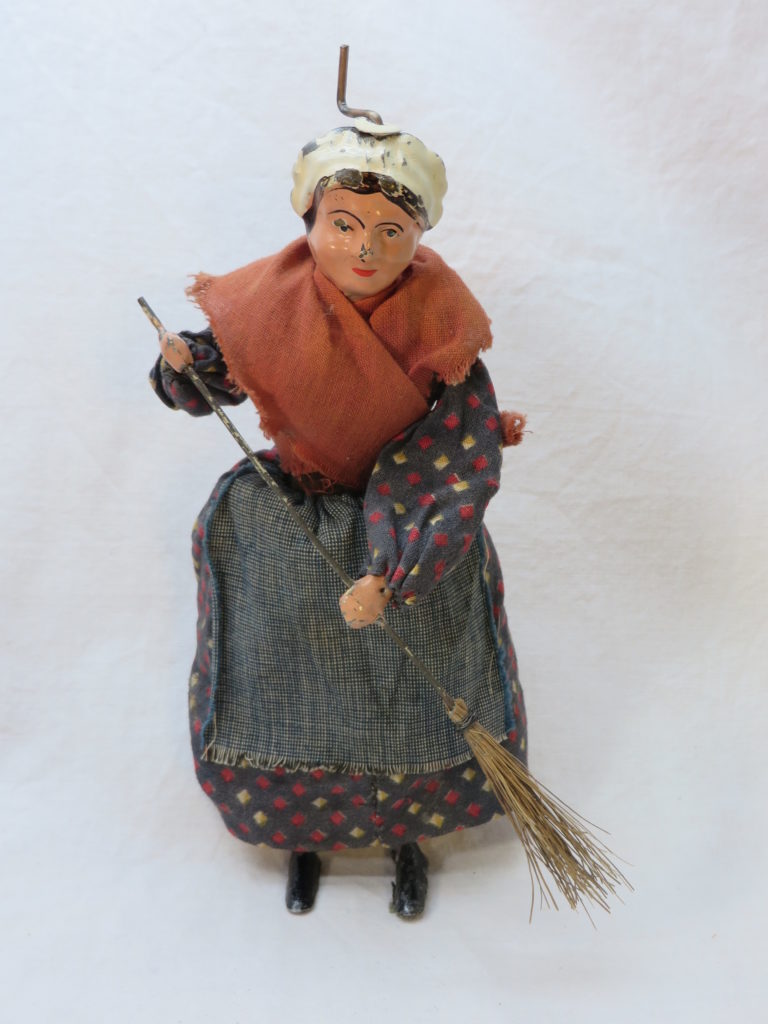
This new toys are mostly figures with a height of about 18 to 20 cm (7 – 8 inch).
Most are made of a wire frame with lead feet, a head of copper foil, fitted out with a clockwork mechanism and dressed in clothes made of fabric.
In 1901 Martin came to the first exhibition: Concours de Lépine, ( The Lépine competition) of his very good friend Mister Louis Lépine, with 17 new figures, he called them the “Bonshommes de Paris”.
This competition was held for the small inventors to present and promote their inventions and creations.
On that event they get in touch with possible manufactures.
Mister Louis Lépine was Préfet (head) of the Paris police.
Later on Martin participated several times as a member of the jury of the toy section of this event.

Fernand Martin and his son Maurice created most of their production themselves, but occasionally they also bought up inventions / patents.
Most of these patents were bought from the inventors at the aforementioned Lépine Competition.
A few examples are the “La Boule Mysterieuse”, the “L’autopatte”, the “Le Marchand de Marrons”, (produced by George Flersheim)
Some unknown names are the “L’homme aux echasses”, (man on stilts) and the “L’attraper de Mouches” (fly catcher), so far we know are these toys never went into production, perhaps produced in small numbers ??
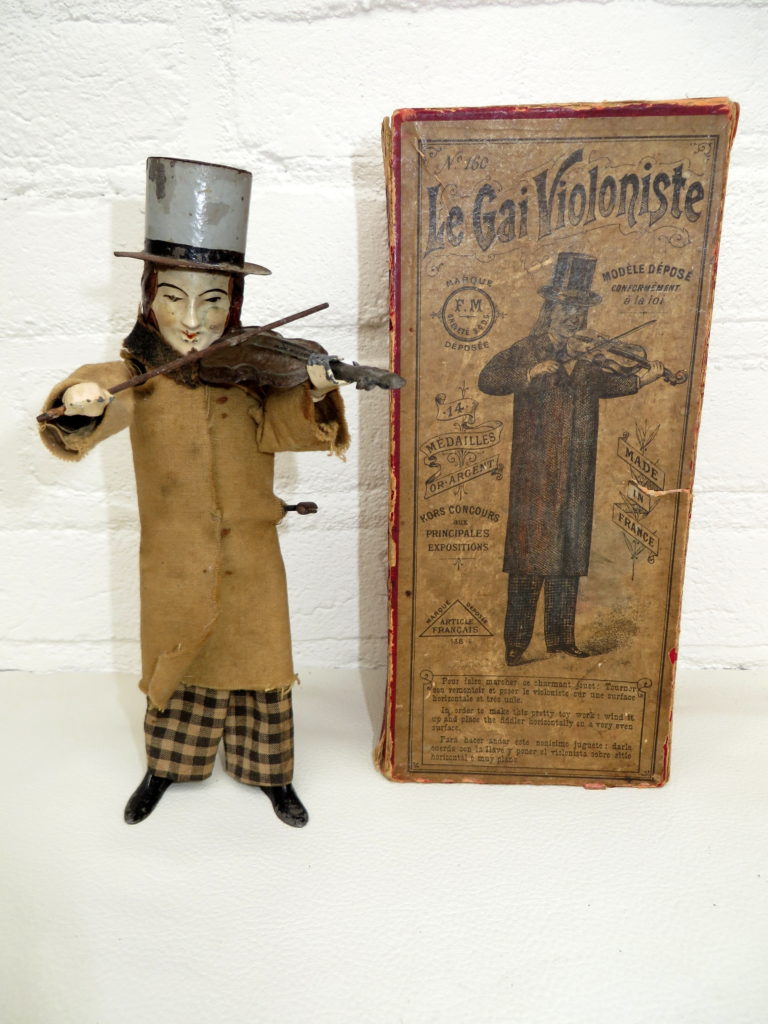
Fernand Martin was very often on “business trips” around the world.
He visited many exhibitions with his toys, but was also often a guest as a member of the jury.
The toy boxes from that time include the following cities: London, Anvers, Paris, Moscow, Barcelona, Brussels, Prague, Chicago, Antwerp, Omaha, St Louis, Liège, Milan and St Petersburg.
Was Martin at every exhibition in person? I don’t know but we know for sure is that he had his own stand in the French pavilion at the world fair of St Louis USA in 1904 and he was a member of the jury by at least 6 exhibitions.
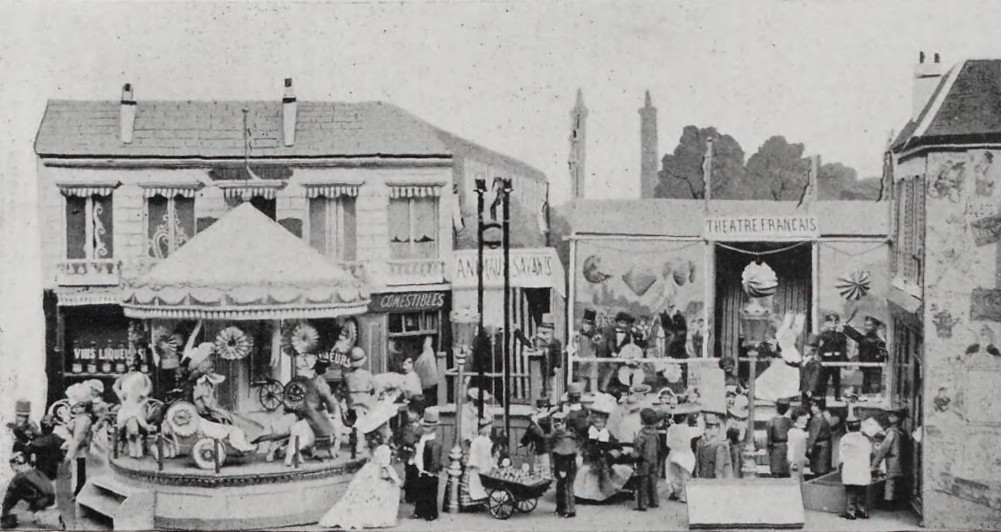
Picture from the Magazine Playthings page 178 June 1909 and with permission of The Strong Archive USA
But Fernand Martin also suffered setbacks.
Just as at the end of May 1904, a major fire broke out and many workers were temporarily unemployed.
A proposal has been submitted to the city council to compensate these employees with compensation.
A proposal from Mr. Landrin, member of the Bureau of the City Council:
Allocation of assistance to workers who have fallen victim to the factory incident on 88 Boulevard de Ménilmontant.
As a result of a fire at the end of May 1904, 70 or 72 workers in the toy factory boulevard de Ménilmontant 88 were reduced to unemployment.
At my request, the Office of the City Council voted in favor of provisional aid of 1000 francs.
This amount is absolutely inadequate and I recommend the advice to kindly bring it to 3000 francs.
Therefore, I submit the following proposal, for which I request the benefit of the emergency:
The Council:
For the time being, an amount of 3,000 francs is being made available to the mayor of the 20th district to help the workers.
Victims of incidental unemployment due to the factory fire bd. 88, Ménilmontant.
The amount of 1,000 francs already voted as a provision by the Office is deducted from this amount.
Signed: M. Landrin.
The emergency has been declared.
Proposal put to the vote.
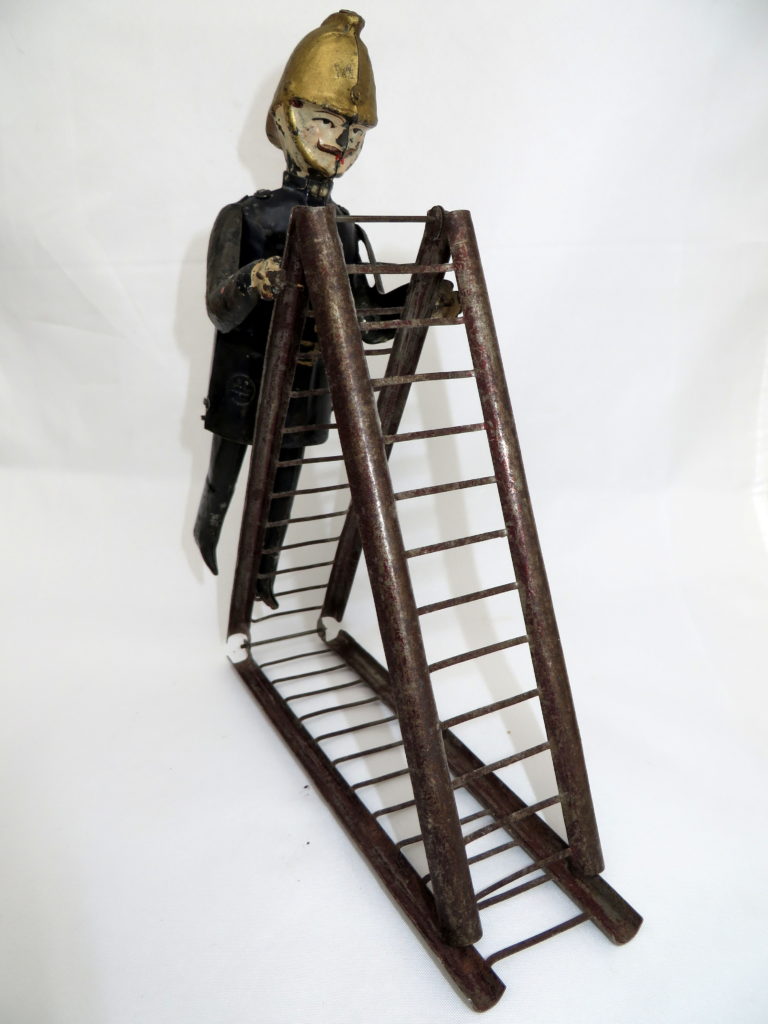
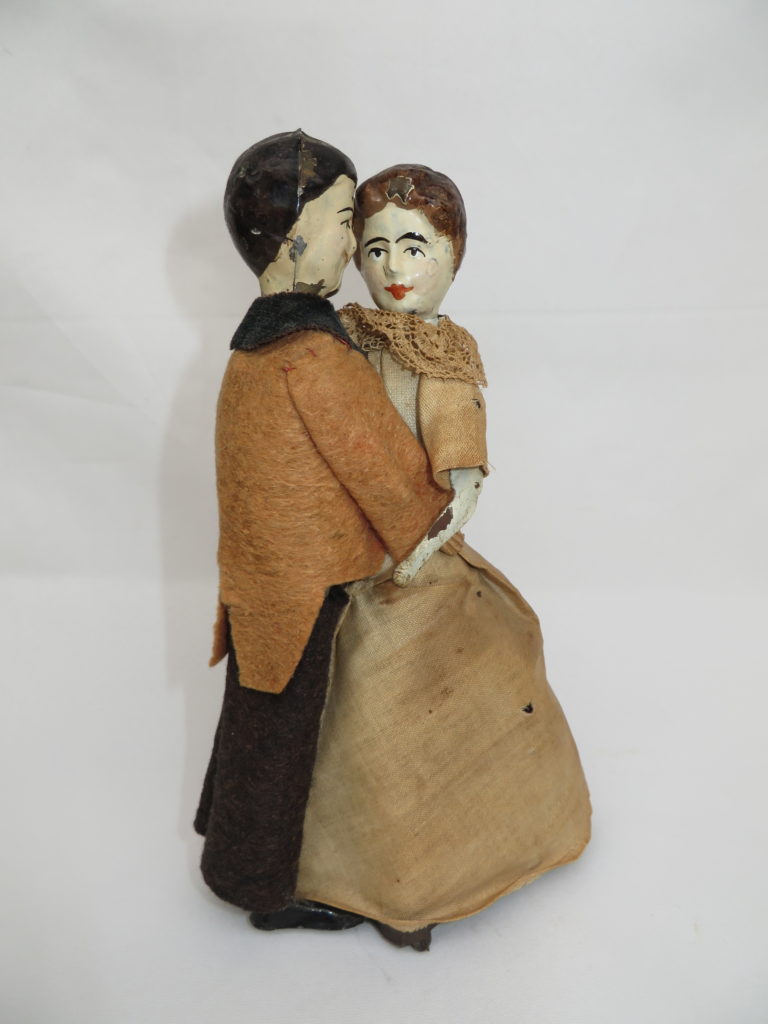
The Bonhommes were expanded very quickly with several figures.
The most famous and sold figures are the Le Gay Violoniste and the Le Pochard.
Almost every new collector starts with one of these two figures.
As already mentioned, this second period started with number 147 and ended with number 226 the “Les Cochins de Père François”.
There are 82 numbers between the first and last toy of this period, but that does not mean that 82 toys have also been produced, no there are definitely more.
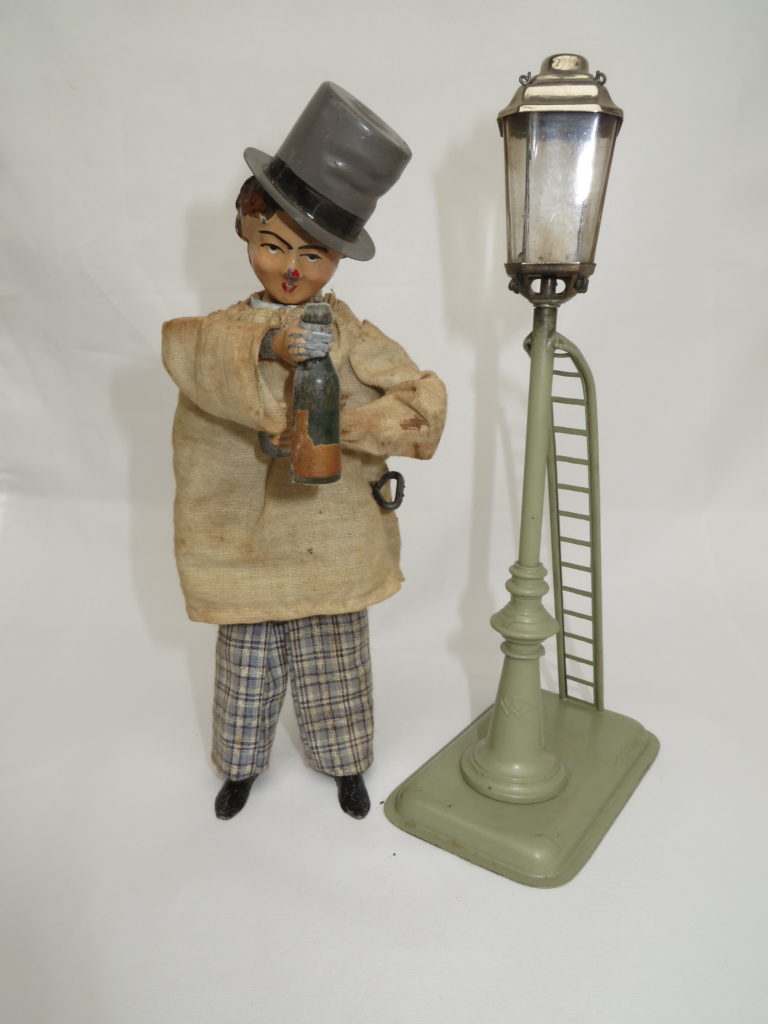
In 1907 his son Maurice became seriously ill probably struck by tuberculosis.
In 1908 Martin bought a villa in the hills of southern France in a small village Villefranche-sur-Mer nearby Nice on the Mediterranean.
The villa had the name “Villa Margot”.
Later the village named a street after their famous fellow citizen Fernand Martin, this street is named: “Avenue Fernand Martin”.
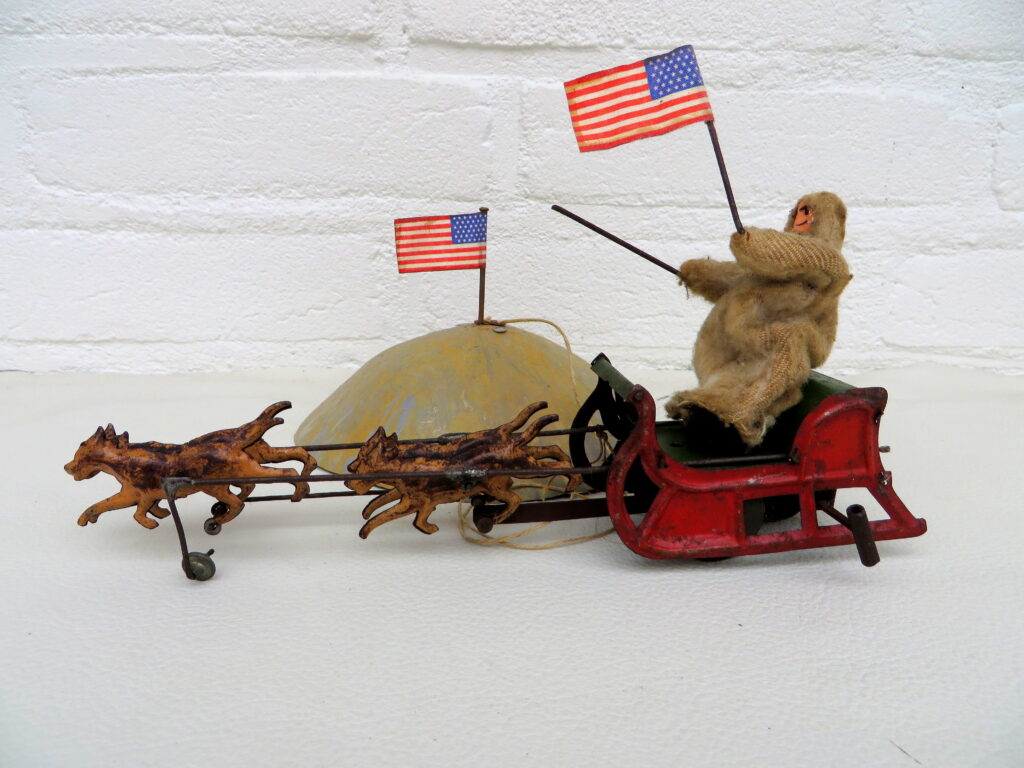
In 1911 Fernand Martin decided to retire and sell to Georges Flersheim the 22-year-old son of a large banker family.
The sale was concluded on January 1, 1912 and here ended this second period of the Martin toys
Maurice Martin died of his illness on August 15, 1919 and Fernand Martin died almost 3 weeks later on September 4, 1919, aged 70 years.
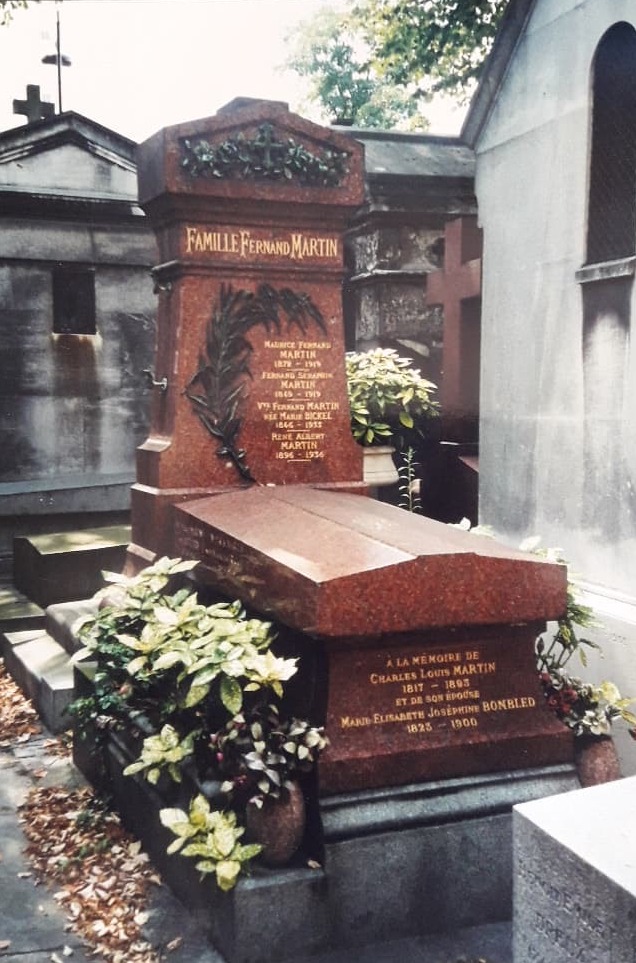
Both were buried in a family grave on the world-famous “Père-Lachaise” cemetery in Paris very close to their old factory.
Blog: www.fernandmartintoys.nl
To be continued
